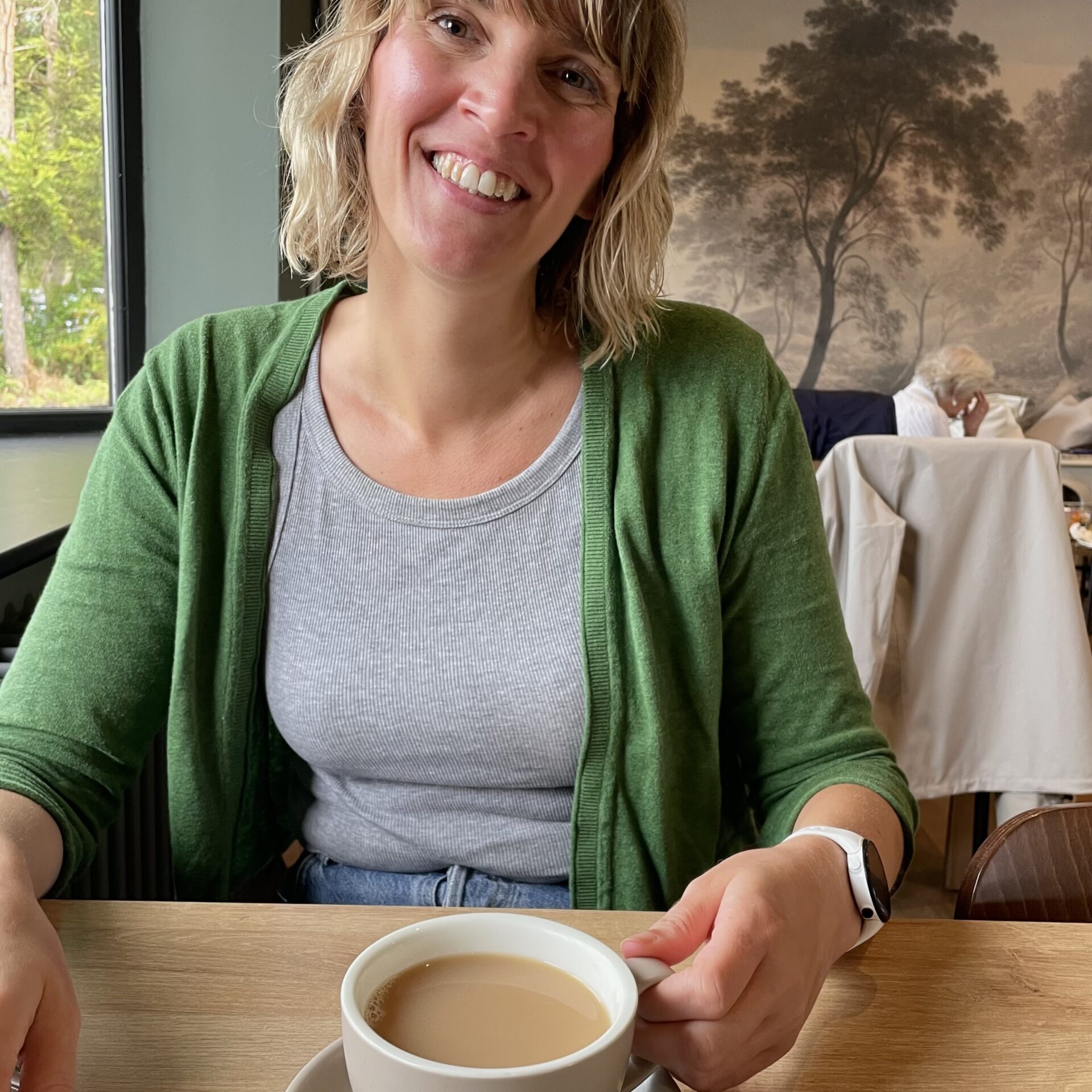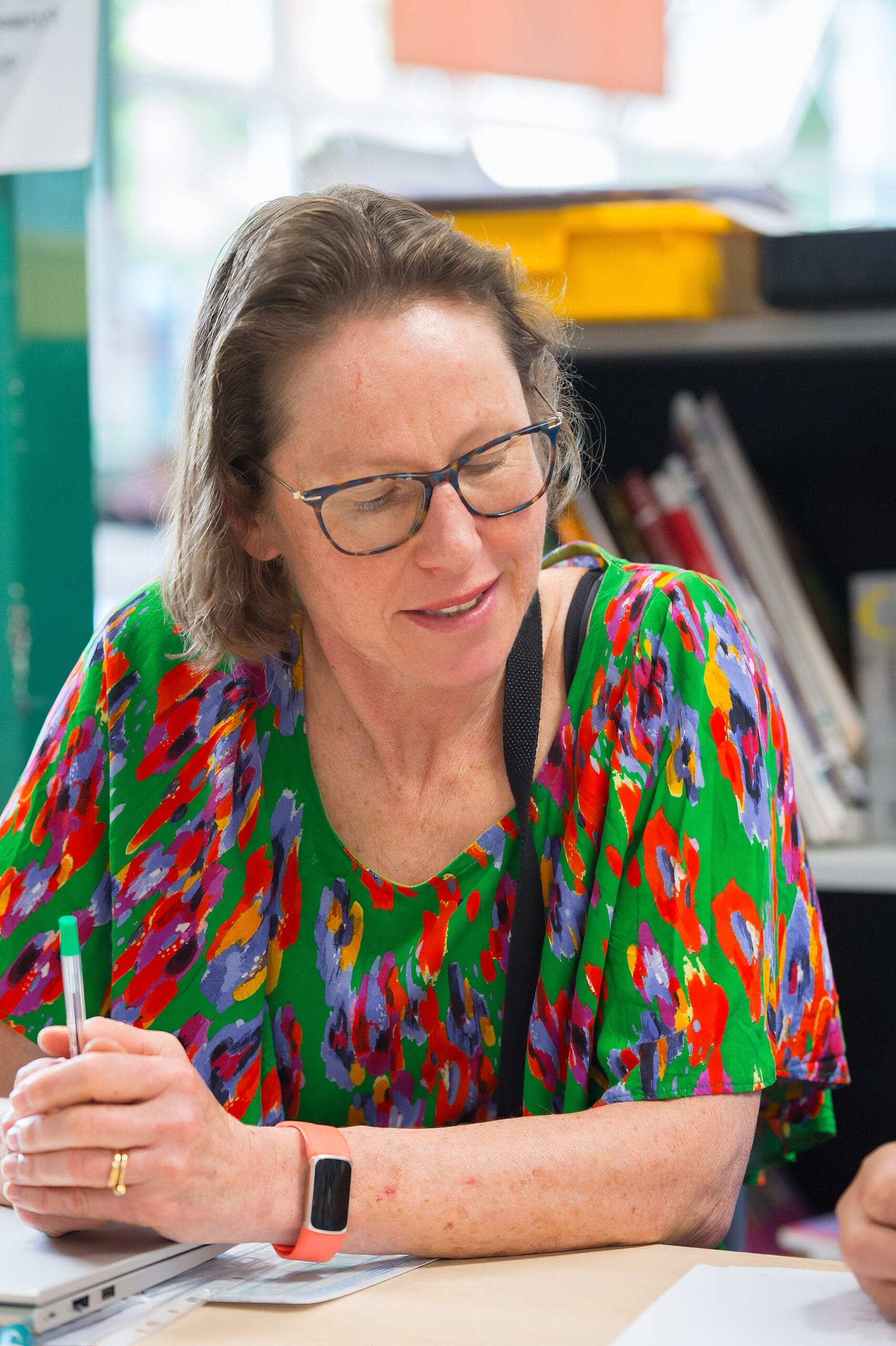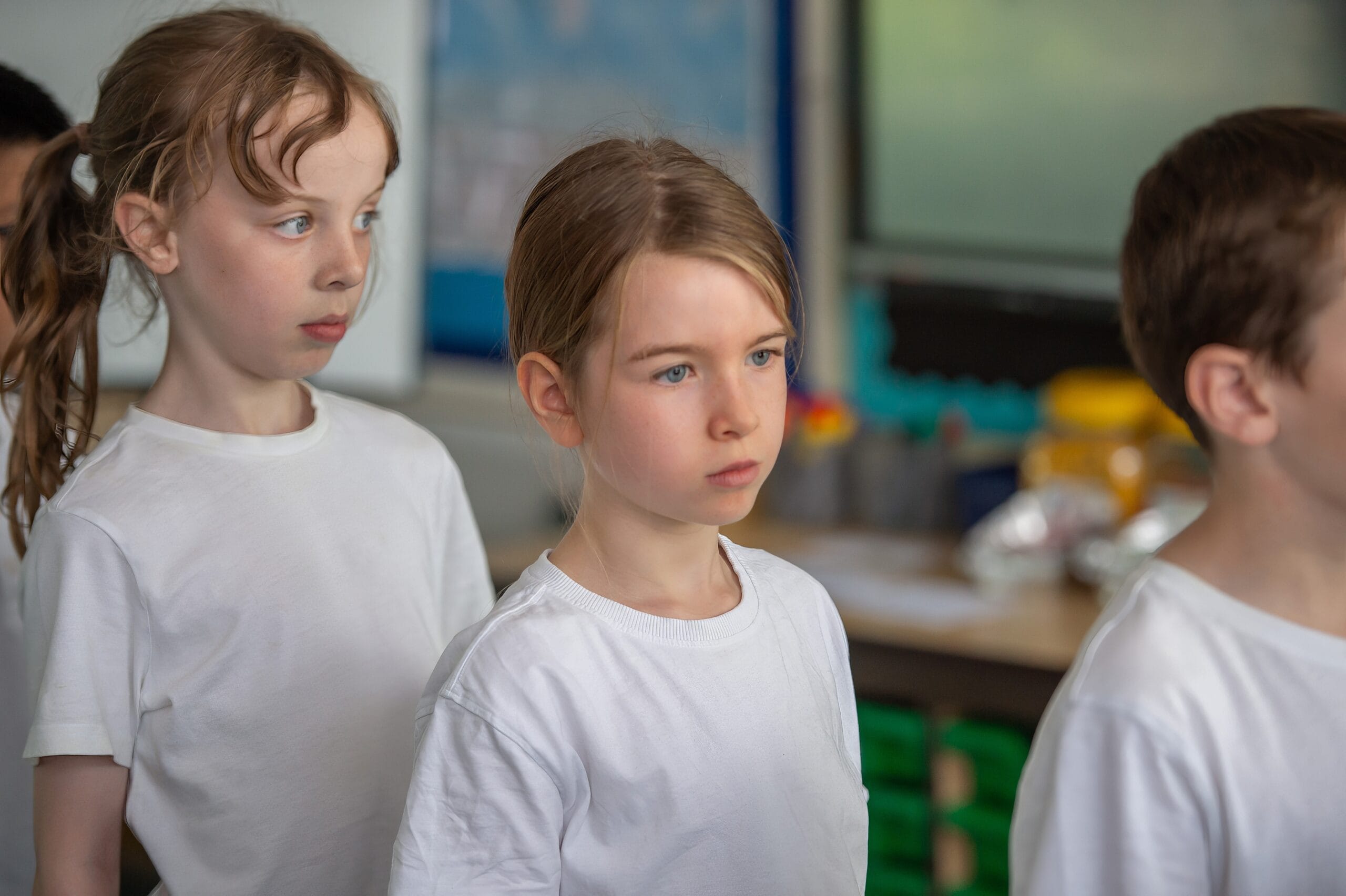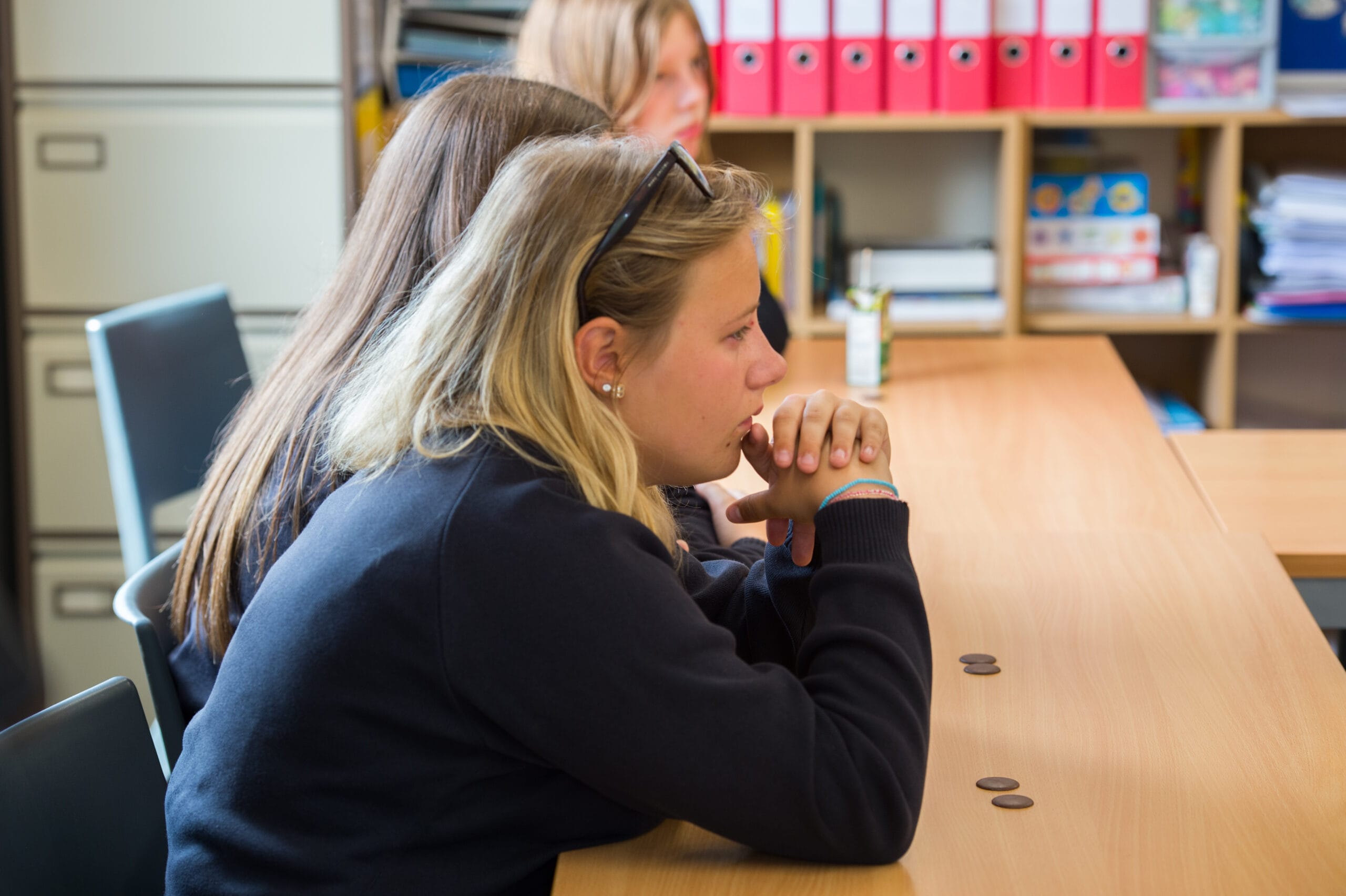
Philippa Rollins
Philippa Rollins is an assistant head teacher at a specialist SEMH primary school, where she has worked for over 20 years.
Starting as a nurture teacher
When I began my career as a social, emotional, and mental health (SEMH) nurture teacher over twenty years ago, I was part of a newly opened specialist provision with a vision to embed a whole-school nurture approach.
My early days in the classroom often felt like I was in survival mode. I was learning minute by minute and—after a particularly eventful day that involved more than one child under the table—I was wondering if I was getting anything right.
The headteacher, who had worked alongside Marjorie Boxall in Hackney, popped her head around my classroom door and imparted, as she often did, a nugget of wisdom: ‘they like Greek myths.’
And she was right!

A shared metaphorical language
The children were hooked. Years later, I realised that Greek myths are rich in metaphors and allow the children to transform their inner world into gods, monsters, quests and heroes. They create emotional distance so children can explore their feelings, giving the teacher and child a shared language, a shared connection.
My love of metaphor has continued to grow. They give meaning to feelings when you don’t yet have the words. They allow you to speak the unspeakable.
And so, that is why I’m going to write in metaphor using one of my favourite stories, The Lion, the Witch and the Wardrobe, to tell you what it’s like for a child with SEMH needs starting in a nurture group or attending a specialist provision for the very first time.
Because for so many children it’s exactly like stepping through the wardrobe.
Entering the unknown
Even before they stand in front of the wardrobe, adults around them speak with confidence and hope, offering the phrase ‘fresh start’.
But it doesn’t feel like that to the child. Like in the story, it feels more like they are being sent away—again—for reasons they don’t fully understand, carrying everything they have lived with them.
When they finally arrive, standing in front of the unknown, they enter the wardrobe with unfamiliar smells, textures and sounds. Some children freeze in the doorway, overwhelmed, others charge through with fists flying, ready for a fight. Some turn and run, retreating to the known, they may hide or shrink, quiet and compliant, not making their needs known. Others float through, disconnected.

All of these reactions are coping strategies for transitions, faced with the unknown and a lack of felt sense of safety.
Like Lucy and her siblings, each child’s journey through the wardrobe is their own and we must not only meet them where they are at—discarding our own expectations—but try our very best to understand what lies beneath the behaviour and behind the fur coats.
We must show each child unconditional acceptance, safety, wisdom; be a calm, loving strength and presence just as Aslan was for the four children in Narnia.
To be a consistent and persistent presence as the child navigates and discovers this new world is not an easy task.
Children's trauma and defences
The child does not trust easily. They have been tricked along the way, white witches in disguise offering sweet powdery Turkish delight and making promises, only to be betrayed and disappointed. They have learnt to live in a world where love is conditional and safety uncertain.
Even now when they have arrived, being offered care and warmth from Mr and Mrs Beaver, they still feel the wolves chasing, their nervous system on high alert, hypervigilant for danger.
Some, like Edmund, run back to what hurt them, acting out behaviours not because they want to but because it’s what they know—there is safety in the known.
And it’s in those moments we have to embody safety: in our bodies, our words, our actions. It has to radiate from the very centre of our being.
The child, however, may have other ideas. They have built armour without help…strong but heavy and so tiring. All their energy goes into maintaining it, stopping cracks, reinforcing it, staying alert.
This armour keeps danger out but it also keeps love out.
The shield of shame is carried by many, a strategy forged by themselves, quietly over time built with whatever was available— denial, rage, minimising, blame. This shield offers protection from intense feelings of worthlessness, unlovability and negative self beliefs.
The shield keeps danger out but it also keeps out connection.
Children who build defences on their own without the wisdom and compassion from a knowing guide (a lion, perhaps) build defences that don’t just protect, they imprison. They keep the wolves out, but they keep the warmth out too.
Always winter, never Christmas.

Establishing trust with the child
Of course, Aslan didn’t send the children on their journey through Narnia unprepared. He didn’t gift them with escape routes but with tools—tools not to avoid a dangerous world but to face it.
In the same way, our gifts to the child are not weapons or escape, but inner emotional tools. These tools cannot remove the struggles the child faces, they are not meant to. Instead, they prepare the child for when we are no longer walking by their side. They begin to gently replace what the child has bravely built—strategies that helped them survive but not yet become.
The endless winter in Narnia didn’t end just because danger had passed. It wasn’t a battle that brought spring. It began to thaw when something greater arrived—Aslan. His presence, connection, warmth and safety. In the same way, the winter of the child’s inner world does not melt as soon as they leave a difficult situation. It is our warmth, safe presence and connection in the classroom that begins the thaw.
However, if you remember back to when I sat at the end of the day in my classroom, I did not feel like Aslan. I felt more like Mr Tumnus, a little afraid, unsure, deskilled and not knowing what to do next.
I hadn’t got it all right, I’d made mistakes and missed opportunities. Mr Tumnus reminds us all that we don’t need to be perfect, he didn’t have all the answers, he just made a choice.
And maybe that’s it…Spring may enter the child’s world, not in perfect plans but in the choices we make each day in our classrooms. We all have the choice to respond from compassion, to stay present and seek connection, whilst holding in mind the ‘invisible’ armour that the child brings with them.
So remember, even when the ice hasn’t melted yet and change is slow…there are signs…
‘Aslan is on the move’
Need help with your nurture group?
Our Theory and Practice of Nurture Groups training will give you a deep understanding of the Boxall Profile®, the Six Principles of Nurture, and how to identify strengths and needs to plan effective nurture support for your setting.

